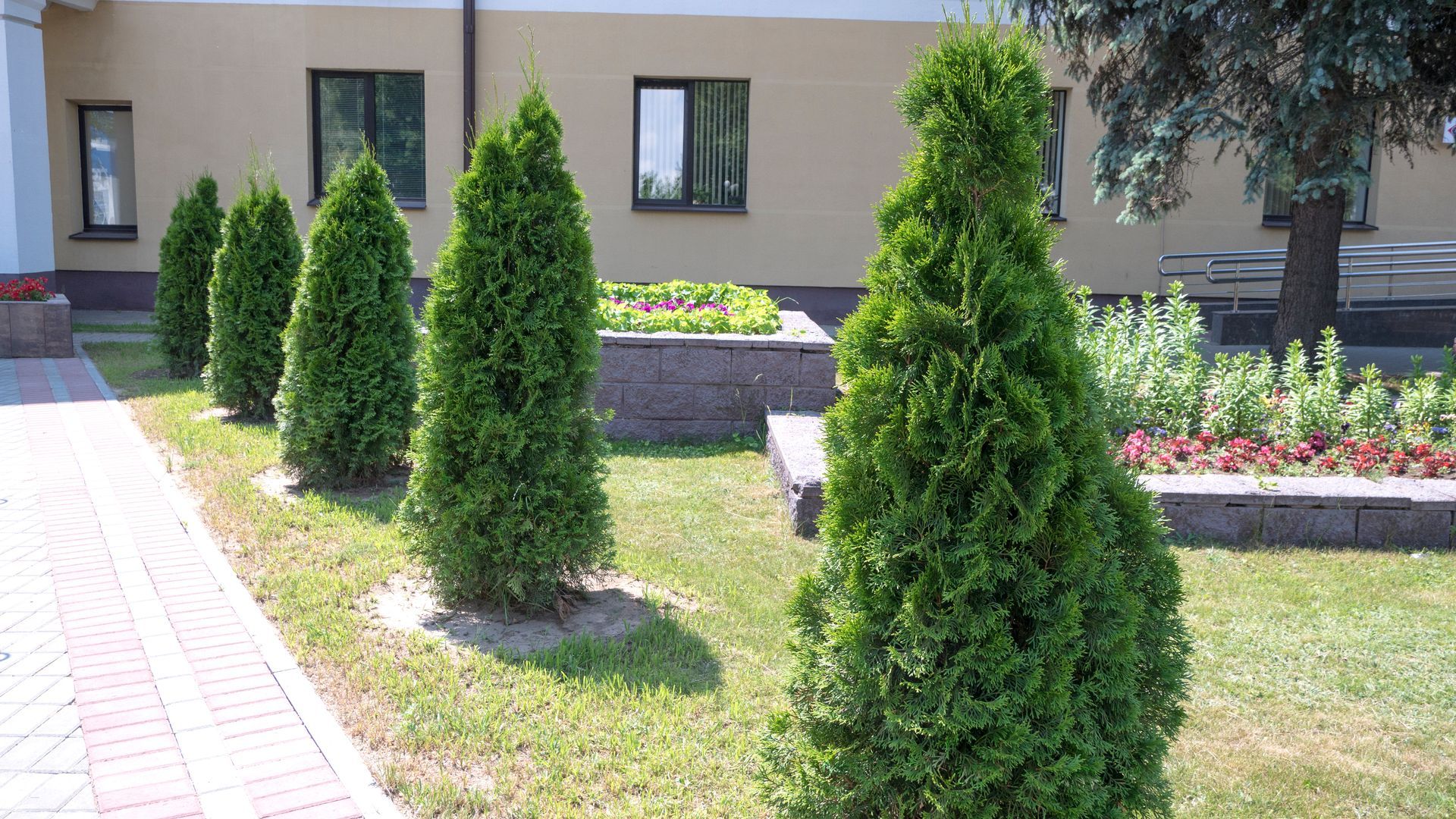The Art of Tree Removal: Ensuring Safety and Sustainability
Trees are an essential part of our natural environment, providing numerous benefits, including oxygen production, shade, and enhanced property aesthetics. However, there are times when tree removal becomes necessary for safety, health, or property development reasons. Tree removal is a precise and well-planned process that should be carried out by experts to ensure the safety of both people and the environment.
In this blog, we'll delve into the art of tree removal, highlighting why it's essential and what to consider when it's time to bid farewell to a beloved tree.
Understanding Tree Removal Services
1. Safety is Paramount
One of the primary reasons for tree removal is safety. Over time, trees can become weak or diseased, making them prone to falling. The risk of falling branches or even the entire tree poses a significant danger to people, property, and the environment. Professional tree removal services are essential to safely remove these hazardous trees, reducing the risk of accidents and property damage.
2. Disease Control
Diseases can take a toll on trees, causing them to weaken and decay. In some cases, it's necessary to remove infected trees to prevent the disease from spreading to other healthy trees. Professional arborists can diagnose tree diseases and determine whether removal is the best course of action.
3. Making Way for Property Development
When planning property development, such as building a new structure or landscaping, tree removal may be necessary. In these cases, a careful assessment is conducted to determine which trees can be preserved and which need to be removed. Arborists consider the aesthetics, impact on the environment, and potential space requirements for the new development.
4. Enhancing Aesthetics and Light
In some instances, tree removal can be a strategic choice to enhance the aesthetics of your property. Removing a tree can open up space, allowing more light to reach the landscape and improve the growth of other plants and lawns. This decision should be made thoughtfully, considering the overall landscape design.
5. Sustainable Tree Removal Practices
While tree removal is sometimes necessary, it should always be carried out with sustainability in mind. Responsible tree removal companies take measures to minimize waste and promote tree health. This includes recycling wood when possible, ensuring that no part of the tree goes to waste.
6. Tree Replanting
To compensate for the removal of trees, consider planting new trees. Replanting not only contributes to the environment but also helps preserve the beauty and balance of your landscape.
In conclusion, tree removal is a precise and well-planned process that should be carried out by experts to ensure safety and sustainability. Whether it's to enhance safety, control diseases, make way for property development, or improve aesthetics, professional tree removal services are essential. Responsible tree removal practices consider the environment and involve replanting to contribute positively to nature.
If you find yourself in a situation where tree removal is necessary, reach out to certified arborists and professional tree removal services to ensure the job is done safely and sustainably. Remember, the art of tree removal isn't just about saying goodbye to a tree; it's about ensuring the safety and well-being of your property and the environment.



Let’s talk about your project
Fill out the form, or call us to set up a meeting at (843) 513-6585
Thank you for reaching out to us. Your submission has been received, and one of our team members will get in touch with you shortly. We appreciate your interest and look forward to assisting you.
Please try again later.
Our goal at Carolina Tree Service, LLC is to assist you in caring for the trees in your Low Country, South Carolina property.






